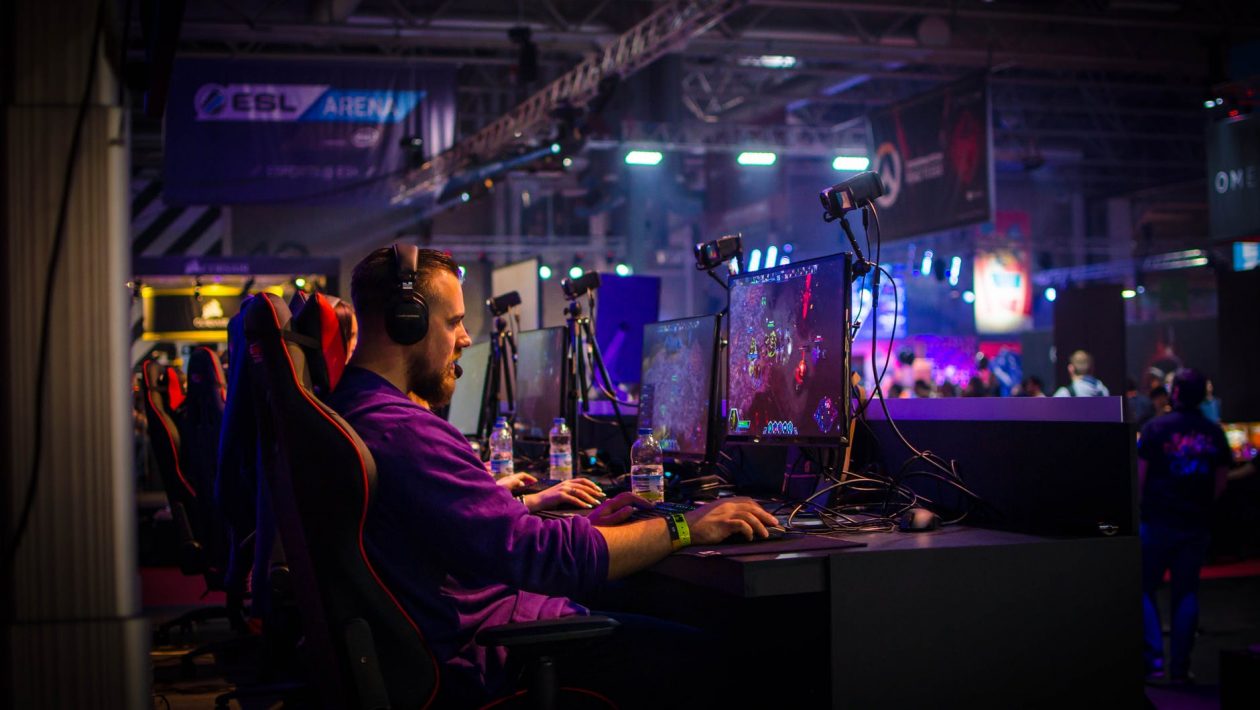Telephones, browsers, computers, consoles … Video games have become popular and widespread like never before. You can find more and more tutorials, resource collections, software tools to create games and expert tips. Programming your own game still requires skills and patience, but there are enough resources for programmers of any level.
Think about what game engines you could use. Very few game developers reinvent the wheel and write their own game engine from scratch, especially in their first game. If you want to immerse yourself directly in this world and still have opportunities to program, using an existing game engine is a good option. An engine usually includes high-level tools to alter 3D models, encode events, and other common applications of the game and still provide several practical opportunities to program for example G switch 4.
Some popular examples that are quite difficult to program are Unity, UDK, Unreal Engine 4 and Cry ENGINE.
If you have limited experience as a programmer, consider using Game Maker from Yoyo Games. This software allows you to drag and drop and create games without using a code, but at the same time, it gives you access to powerful programming tools for when you feel up to that task.
Use frameworks (frames) and other tools. A framework is a previous step to a game engine, but even so, it provides you with a set of tools and APIs (interfaces of application programs), which allows you to save time and streamline your coding projects. Think of it as the minimum level of software you can use for your first video game project and then you should feel comfortable introducing yourself as a programmer or have a broad interest in “behind the scenes” work in game engines. Depending on which framework or game engine you are going to use exactly, it would be good for you to do part of the work in additional and specialized APIs, such as the popular OpenGL to create 3D graphics.
Polycode, Turbulenz, and MonoGame are some examples of frameworks created and thought for both 2D and 3D games.
Try an IDE. An “Integrated Development Environment” (or IDE) is a general-purpose compiler for source files that make complex programming projects easier to build. With an IDE, programming a game is much easier, especially in terms of its integrated ways of interacting with graphics and audio systems.
Two examples of IDE are Visual Studio and Eclipse also you can know about some Accounting Software, but there are many others. Find an IDE based on a language with which you are familiar with.
Learn a programming language Most of the above tools are based on a popular programming language, so following the tutorials that accompany this article will be a good start. Although you can create a game in almost any programming language powerful enough, the most common languages are C ++ or C # for all devices, Flash Action Script or HTML5 for browsers and Java or Objective C for mobile devices. These are good options if your goal is to be hired in an existing game studio, but a large part of the independent games are created using Python, Ruby or JavaScript.
Create a plan for your game. Deepen as much as possible the concept of the game before starting, including the genre, mode, and type of game. If you start programming before you get the concept clear, you probably have to destroy and rewrite a large amount of work. This may happen in any way, but with a solid plan, these events will be kept to a minimum.
All games, except the most experimental, have an arc of progress, so this is a good place to start planning. Progress usually happens through one or more of the following indicators: discover more about the plot and the characters, make decisions that affect the script, get new skills or higher statistics, explore new areas or solve puzzles more and more difficult.
Gather your artistic resources. Get or create all the textures, sprites, sounds and models that you will need for your game. There are a good number of free collections of resources for games, so you just have to search. If you are going to make a 2D game and you do not have an artist to help you, you could create your own pixel art
Create the command codes for your game. The command codes will tell the engine what to do and when. If you used an open source engine, it is likely that you already have a language for these codes and you will surely also have tutorials that will teach you how to use it. If you build your own engine then you must create your own command code. Either way, you will need at least these main components:
A constantly running game loop that checks the user’s income processes the results, processes other events, calculates what should be displayed and sends it to the graphics card. This loop must be executed at least 30 times per second.
Type codes active listener or “active listeners” to check the events and respond when they occur. For example, a code that can observe the interaction of the player with a door that executes the animation to “open” it and that allows the passage of the player through it. Another code could control how the hitbox of a weapon makes contact with the door and execute the animation of the explosion.
Create individual levels. The design of the level (which can literally include a “level 1” that the player can explore or the next round for a fighting game) will test some skills that have nothing to do with programming. Start with a simple level that shows the typical way to play, following these basic guidelines for the genres that include traveling through different environments:
Create a basic sketch of the area.
Decide what the basic path the player will travel most often through the area will be. Add challenges and benefits (items) along this path. Use small spaces for greater adrenaline and emotion, or wide and far for a more relaxed atmosphere.
Begin adding graphic elements. Place lighting sources along the main road to encourage players to follow and keep darker side roads or less important areas.
Match the game type, style, and settings. For example, a game of terror and suspense thrives on empty exploration stretches dotted with surprise attacks. Instead, an endless barrage of enemies overwhelms the player with adrenaline, while combats that require careful tactical planning can distract the player from their emotional atmosphere.
Test your game. Now is the time to see what the hard work you have done has changed. Test each of the levels while you continue to polish them and do it several times after having “finished” them. Make a conscious attempt to play the game in different ways than you would, for example, playing first through the most difficult areas. Even better, look for players who try the game to have a more renewed vision and ask them for all the opinions and comments you can.
Watch as another person plays without giving you any advice unless it is basic information or tutorials about what you have not yet added to the game. Frustrating mistakes and points where the player “gets stuck” are indications that you need to include more guides or guidelines.
Once the game (or at least one level) is complete enough, try to find strangers or acquaintances to help you prove it. Friends tend to be more optimistic, which is great for encouragement but is not as useful in predicting how players will react.
Take the next step If you finished the project, it would be good to launch it for free or put it on sale, but be sure to read the terms and conditions of any game engine or software you have used. Regardless of whether or not you completed the game the way you had imagined it, it is better to “cannibalize” some resources and ideas for different or more ambitious projects or take advantage of the lessons learned and start all over again!
Tips
- Always write the things you need now instead of the things you “might need” or “need later.”
- Do not reinvent the wheel. If you can import a library that does what you need, do it or at least make sure you have a good reason to build your own.












informative article, but I just want to know What do I need to begin with when coding an Android game in JavaScript?